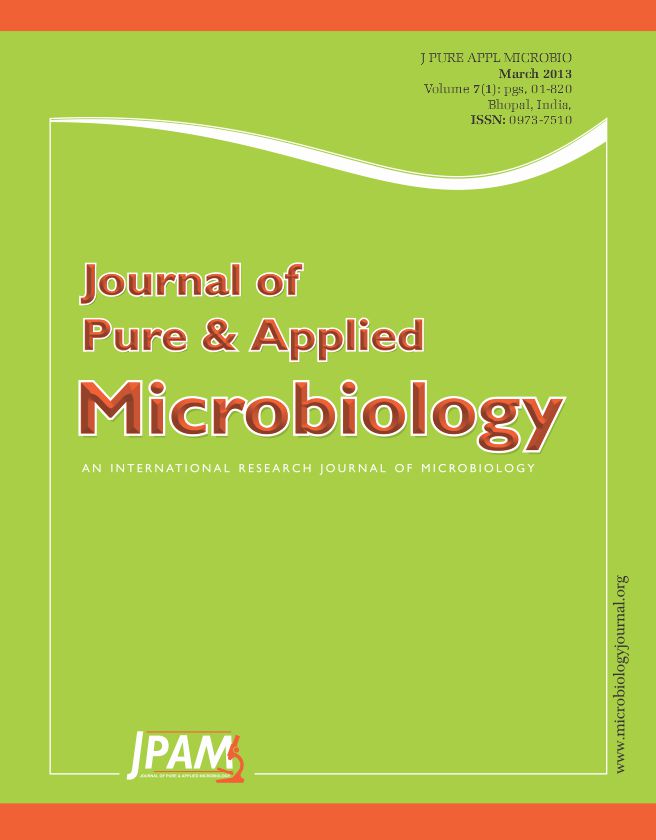To survive in desiccation, a phenomenon known as “anhydrobiosis” is widely used by some simple organisms, such as water bear and larvae of sleeping chironomid. From previous experience, we know that the ability to survive in anhydrobiosis or in dry state is correlated with the accumulation of trehalose. Recently, several new reports have demonstrated that endogenous and exogenous trehalose has also been used to increase desiccation tolerance of mammalian cells. Herein, we postulate that trehalose can be injected into donated tissue and organ in the dry state as a method for long-term storage and transportation of liveng tissue and organ. Trehalose can be introduced into cells of tissue and organ through the trehalose-containing perfusion medium. These trehalose-loaded tissue and organ can be dried and stored at room temperature under vacuum.
Trehalose, Drying preservation, Anhydrobiosis
© The Author(s) 2014. Open Access. This article is distributed under the terms of the Creative Commons Attribution 4.0 International License which permits unrestricted use, sharing, distribution, and reproduction in any medium, provided you give appropriate credit to the original author(s) and the source, provide a link to the Creative Commons license, and indicate if changes were made.


